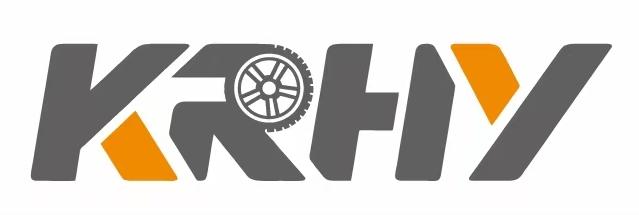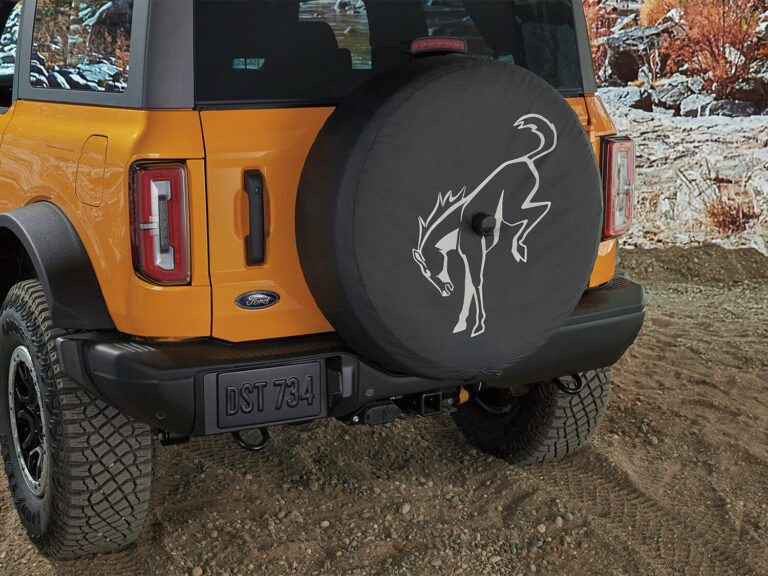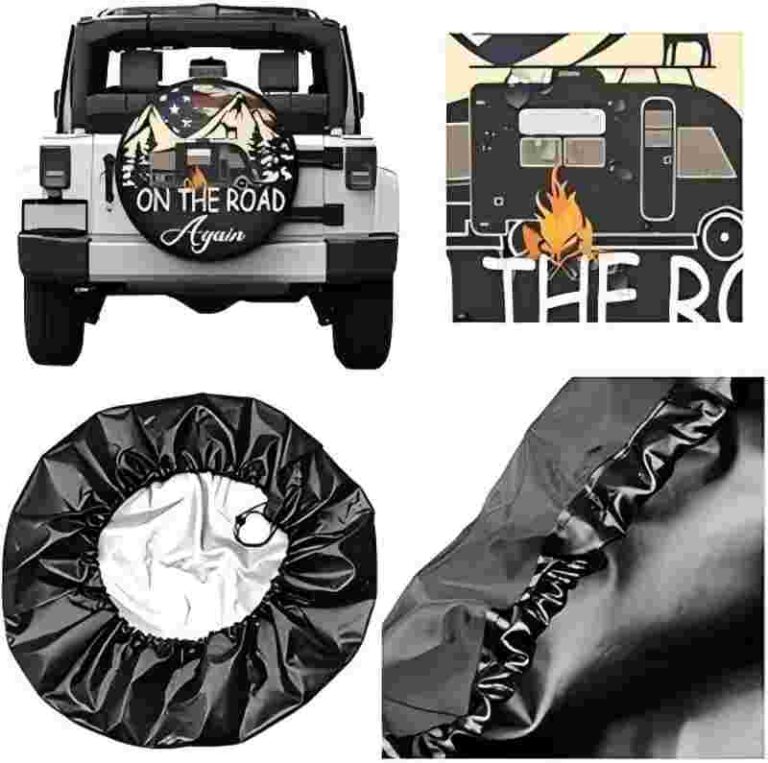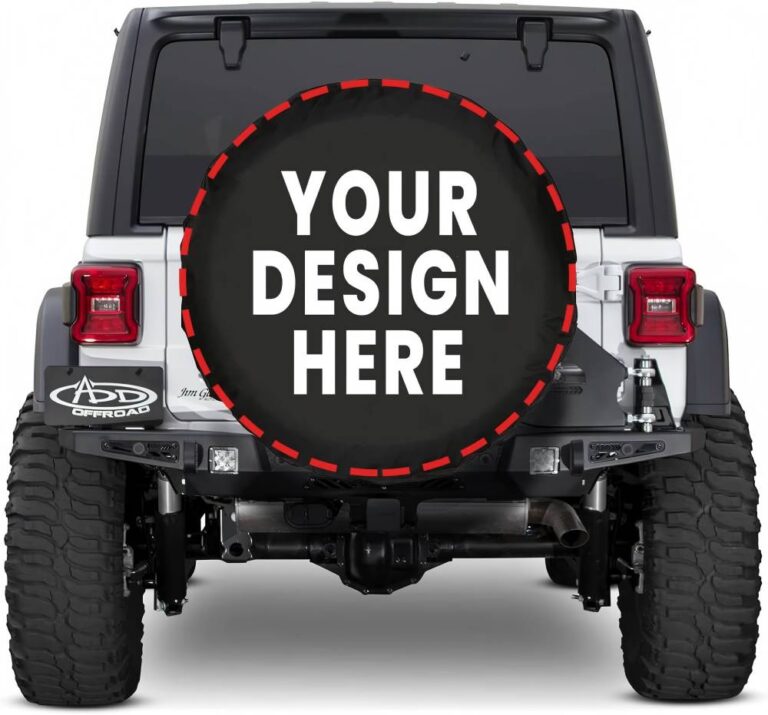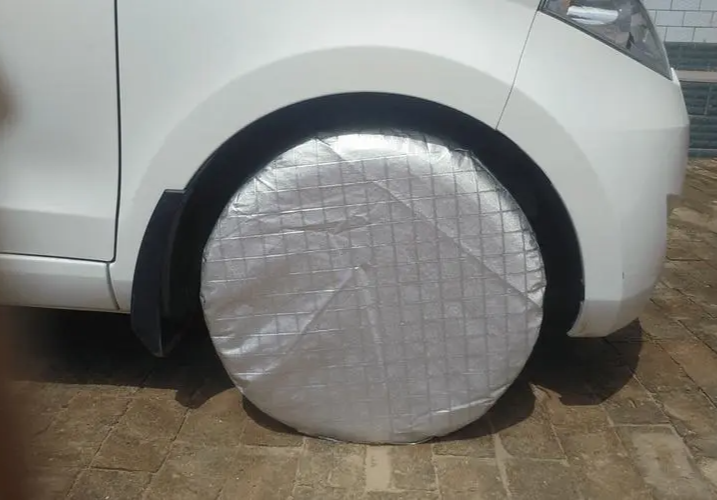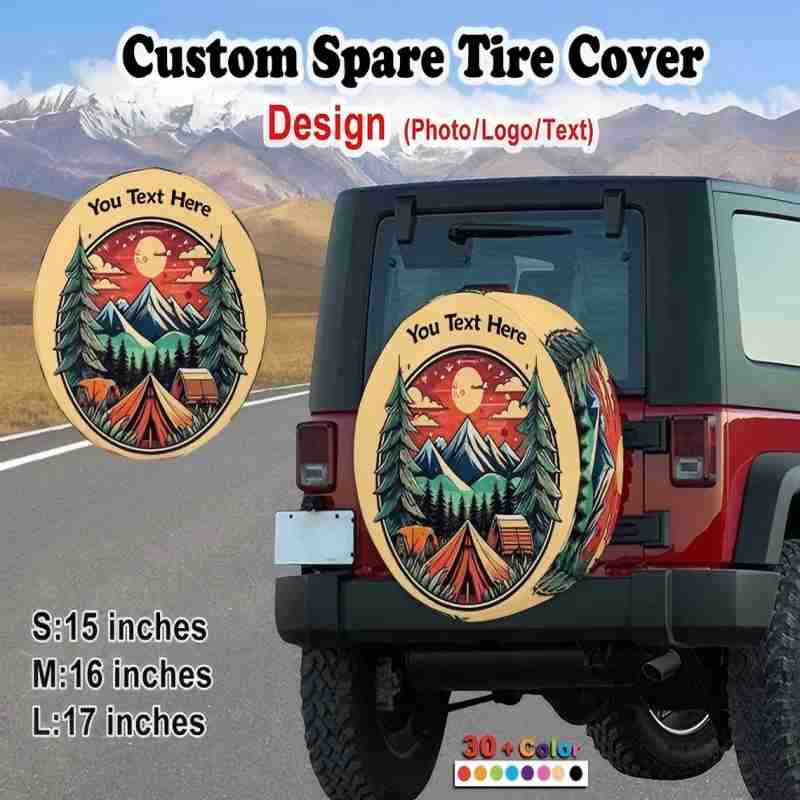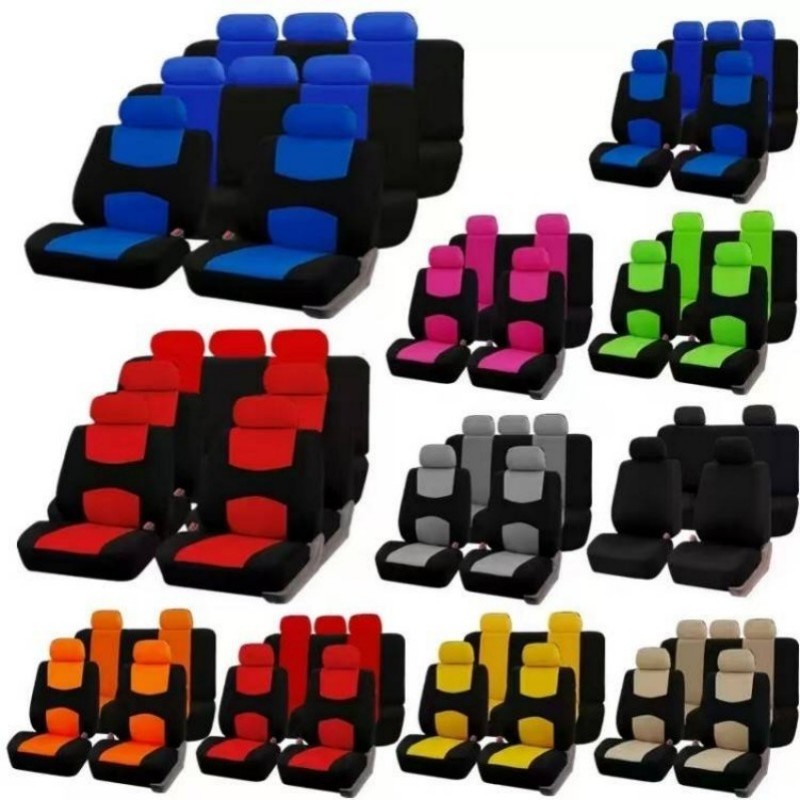-
Xingming Road, Yanyuan, Xingtan, Shunde, Foshan, Guangdong

Guía definitiva de recambios originales
10 ventajas para analizar por qué los recambios originales son la elección inteligente
Resumen
En el ámbito de la reparación de automóviles, la elección de las piezas está directamente relacionada con el rendimiento, la seguridad y la vida útil del vehículo. Este artículo analizará en profundidad las principales ventajas de las piezas OEM (originales) desde 10 dimensiones profesionales, entre las que se incluyen los estándares de calidad, la compatibilidad, la política de garantía, el rendimiento de seguridad, la vida útil, la tasa de retención de valor, la sincronización técnica, el servicio posventa, el sistema de certificación y la rentabilidad. Basándonos en las normas internacionales SAE, las especificaciones técnicas de los OEM y los datos de los informes de los consumidores, revelaremos por qué 80% de los técnicos profesionales recomiendan en primer lugar las piezas OEM y cómo crean valor a largo plazo para los propietarios de automóviles. Mediante la comparación y el análisis de las piezas de recambio, proporcionamos un marco científico de decisión de compra para ayudarle a tomar la mejor decisión a la hora de reparar y mantener su coche.
1. Estándares de calidad: Pruebas estrictas por parte de los OEM
Comparación de las normas de ensayo de piezas OEM y posventa
| Elementos de prueba | Normas OEM | Normas típicas de las piezas de recambio | Múltiplos de diferencia |
|---|---|---|---|
| Prueba de durabilidad | 5.000 horas | 800 horas | 6.25x |
| Pureza del material | 99.9% | 95-98% | 1.03x |
| Tolerancia dimensional | ±0,01 mm | ±0,1 mm | 10x |
Caso: La prueba de vida útil de un cojinete de generador de marca japonesa demostró que las piezas OEM eran 47% más duraderas que las piezas de recambio superiores.
2. Compatibilidad perfecta: emparejamiento digital de doble nivel
Estadísticas de los problemas de adaptabilidad
- Piezas OEM: 99,97% de éxito en la instalación
- Piezas posventa de alta calidad: tasa de éxito de instalación del 89,5%
- Piezas postventa económicas: tasa de éxito de instalación del 72,3%
Principio técnico: Las piezas OEM utilizan los mismos datos CAD y moldes que la producción en serie para garantizar una precisión de nivel atómico.
3. Garantía: doble sistema de protección
Comparación de las condiciones de garantía habituales
| Tipo de garantía | Piezas OEM | Piezas postventa |
|---|---|---|
| Defectos materiales | 2 años | 90 días |
| Daños articulares | Cubierta | No cubierto |
| Garantía mundial | Soporte | No se admite |
Base jurídica: Según el Código Uniforme de Comercio (UCC), la responsabilidad de la garantía de las piezas OEM es más clara.
4. Rendimiento en materia de seguridad: la línea de fondo que no puede comprometerse
Prueba comparativa de las piezas del sistema de frenado
| Parámetros | OEM | Piezas de recambio | Diferencias |
|---|---|---|---|
| Distancia de frenado a 100 km/h | 38.2m | 41.7m | +3.5m |
| Tasa de decaimiento térmico | 8% | 15% | +7% |
| Agarre en mojado | 0.78μ | 0.71μ | -9% |
Advertencia: Las estadísticas de la NHTSA muestran que la tasa de accidentes causados por pastillas de freno de calidad inferior es 23% superior.
5. 5. Vida útil: Durabilidad verificada por el tiempo
Comparación de la vida útil de las piezas comunes
| Piezas | Vida media OEM | Vida media de las piezas de recambio |
|---|---|---|
| Cadena de distribución | 150.000 millas | 90.000 millas |
| Sonda Lambda | 8 años | 4,5 años |
| Bomba de agua | 160.000 km | 60.000 millas |
Cálculo de costes: Aunque las piezas OEM son 30% más caras, tienen una vida útil 60% más larga y un coste medio anual 18% inferior.
6. Artefacto que preserva el valor: prima de calidad original
Repercusión en el valor residual de los vehículos usados
- Mantenimiento OEM completo: 12-15% precio superior a la media del mercado
- Uso mixto: igual que el precio medio del mercado
- Principalmente el uso de piezas de recambio: 8-10% inferior al precio medio del mercado
Datos de la encuesta: 83% de los compradores de coches usados están dispuestos a pagar 5% más por comprar vehículos con mantenimiento OEM completo.
7. Sincronización tecnológica: Actualizarse con los tiempos
Carcasa a juego ECU
- Inyector de combustible OEM: se adapta automáticamente al último mapa de combustible
- Inyector de combustible posventa: es necesario ajustar manualmente los parámetros
- Diferencia de resultados: diferencia de consumo de combustible de 6-8%, diferencia de emisiones de 15%.
Tendencia del sector: Con la mejora de la electrificación del automóvil, las ventajas técnicas de las piezas OEM serán cada vez más significativas.
8. Sistema de trazabilidad: cadena de suministro transparente
Comparación de tecnologías contra la falsificación
| Tecnología | Índice de aplicación OEM | Tasa de aplicación de piezas posventa |
|---|---|---|
| Código QR láser | 100% | 28% |
| Trazabilidad Blockchain | 65% | 2% |
| Huella dactilar del material | 40% | 0.5% |
Datos contra la falsificación: Alrededor de 37% de las "piezas OEM" que circulan por el mercado son productos falsificados.
9. Normas de certificación: Superación de los requisitos del sector
Comparación de los sistemas de certificación
| Normas | Conformidad OEM | Cumplimiento de las piezas de recambio típicas |
|---|---|---|
| ISO 9001 | 100% | 72% |
| IATF 16949 | 100% | 35% |
| Serie SAE J | 100% | 60% |
Diferencias de ingeniería: Las piezas OEM deben superar más de 300 pruebas exclusivas del OEM.
10. La verdad sobre los costes: ahorro a largo plazo de 20-40%
Modelo de coste de propiedad a 5 años (USD)
| Coste Partida | Solución OEM | Solución posventa |
|---|---|---|
| Compra de piezas | 2,800 | 1,900 |
| Horas de instalación | 1,200 | 1,800 |
| Pérdida por fallo | 0 | 650 |
| Total | 4,000 | 4,350 |
Coste oculto: Los costes adicionales del remolque debidos a las piezas de recambio ascienden a una media de $120 al año.
Guía de decisión de compra
- Componentes críticos para la seguridad: Debe elegir OEM (como frenos, sistemas de dirección).
- Componentes electrónicos de precisión: Priorizar OEM (como sensores, ECUs)
- Componentes estéticos: Considera piezas de recambio de alta calidad (como listones decorativos).
- Modelos descatalogados: Necesidad de verificar el estado de inventario de las piezas OEM.
Consejo profesional: Consulte el número de pieza a través del sistema OEM ESIS y compre en distribuidores autorizados para garantizar la autenticidad de 100%. Para los propietarios de automóviles con presupuestos limitados, elegir piezas certificadas OEM remanufacturadas es una opción rentable.
Palabras clave: Piezas OEM, piezas originales, reparación de automóviles, normas de calidad, garantía, prestaciones de seguridad, vida útil, índice de retención de valor, sistema de certificación, rentabilidad
